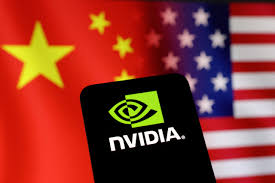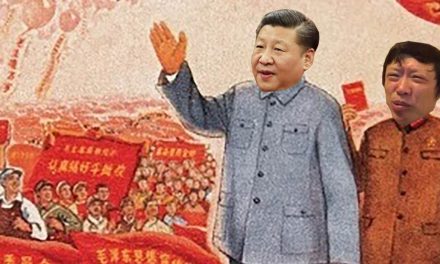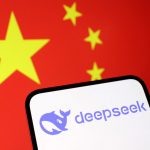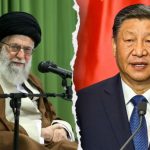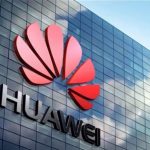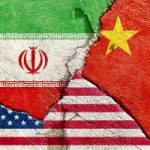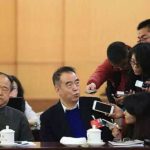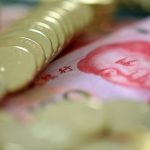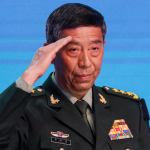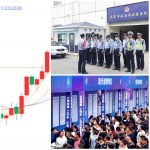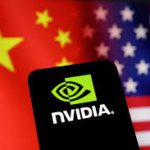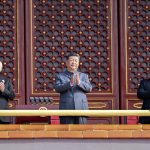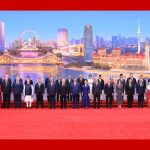By Jianli Yang and Jeanette Tong
China’s decision to block its leading technology companies from purchasing Nvidia’s artificial intelligence chips appears at first to be a puzzling contradiction. For years, Chinese developers have clamored for Nvidia’s GPUs, not only for their unrivaled performance but for their CUDA software ecosystem, which has become the industry’s backbone. Yet in mid-2025, Beijing issued directives forbidding platform giants like Alibaba and ByteDance from acquiring Nvidia’s newest accelerators. At the same time, the country’s antitrust regulator announced a preliminary finding that Nvidia had violated conditions tied to its 2020 acquisition of Mellanox, hinting at potential fines or remedies. Far from being an impulsive or isolated act, this decision reflects a convergence of industrial policy, security strategy, and geopolitical calculation. China is signaling that the age of dependence on Nvidia is over. It is not rejecting the quality of American chips, but deliberately collapsing the option value of buying them so that its domestic champions must scale, no matter how imperfect their products are today.
The rationales for this move are multiple. One central goal is to force import substitution at scale. Chinese leaders have long worried that national champions such as Alibaba or Tencent would keep defaulting to Nvidia so long as they had a choice. That dependency guaranteed the immaturity of Huawei’s Ascend series, Alibaba’s T-Head PPU, and other local offerings. By cutting off access to Nvidia, the government ensures predictable demand for domestic chips, which in turn drives the maturation of Chinese software stacks, toolchains, and interconnects. State media has showcased new data centers, such as a massive China Unicom facility in Qinghai filled entirely with local accelerators, as proof that Chinese chips can already carry world-class workloads.
Another important rationale is to target CUDA lock-in. Nvidia’s competitive moat is not simply silicon—it is the CUDA platform, the compilers, drivers, and libraries that make development efficient. Chinese AI engineers overwhelmingly prefer Nvidia because CUDA shortens the time between research and deployment. That preference explains why regulators had to order companies to stop buying Nvidia hardware. By forcing adoption of Huawei’s CANN/MindSpore or Alibaba’s toolchains, Beijing hopes to shift developer culture away from CUDA, reducing strategic vulnerability and building an independent ecosystem of its own.
The ban also provides bargaining leverage. The move was paired with a regulatory probe into Nvidia’s Mellanox deal. Together, they demonstrate Beijing’s ability to starve Nvidia of demand and embroil it in regulatory battles. This is useful leverage in broader negotiations with Washington over export controls, cloud access, and the rules of the U.S.–China technology competition.
The policy also reflects domestic political economy. China’s AI hardware market is not a neutral commercial arena—it is an extension of industrial policy and intra-industry factional politics. By spotlighting Huawei’s “supernode” computing cluster and amplifying claims that Alibaba’s PPU matches Nvidia’s H20, the state is effectively choosing winners. This directs capital, talent, and government procurement to a handful of champions, reinforcing their political clout within the system.
The question of whether local chips truly match Nvidia remains contested. On narrowly defined benchmarks, Chinese firms claim parity, but there are few independent, apples-to-apples measurements. The ecosystem gap remains decisive: CUDA is mature, while local frameworks are still developing. That is why, given a free choice, most Chinese AI developers continue to prefer Nvidia. Their options, however, are narrowing.
In response to the ban, Chinese firms are likely to pursue several workarounds. Some will rent offshore compute in Malaysia, Singapore, or the UAE, training large models in data centers stocked with Nvidia clusters before deploying them domestically. Others will rely on gray imports, smuggling restricted GPUs into the country through parallel markets. Certain firms will adopt hybrid strategies, training abroad while keeping inference inside China, while still others will draw on stockpiled reserves of older Nvidia chips accumulated before the restrictions tightened. These practices will continue, though Beijing is escalating enforcement to tighten the net.
For Nvidia, the implications are sobering. China has been a critical market, but the lesson is that even “neutered” chips designed for compliance, like the H20, are not safe from political prohibition. The company must recenter growth in ex-China markets, particularly the United States, Europe, the Gulf, and Southeast Asia. It should deepen the CUDA moat by making its software ecosystem even harder to dislodge, offering better portability, vertical integrations, and services. It should expand compliant cloud partnerships outside China, giving Chinese developers working abroad managed access to Nvidia systems. And it should contest Chinese antitrust rulings carefully while avoiding conduct that could be framed as anti-competitive.
The broader stakes extend far beyond Nvidia’s earnings reports. The U.S. government must view Beijing’s ban as part of the wider AI arms race, in which the race is not simply about faster chips but about ecosystem dominance and supply chain security. Washington’s response should blend enforcement with innovation. Closing the cloud loophole is critical, since without it Chinese firms can bypass hardware export controls by renting abroad. Coordinating with allies on chokepoints like lithography, advanced packaging, and high-bandwidth memory is equally vital, because the value of export controls is diluted if Japan, the Netherlands, or Korea do not align. Cracking down on gray-market inflows through sanctions and customs analytics will help dismantle the networks that funnel restricted accelerators into China. At the same time, the U.S. must out-innovate by sustaining heavy investment in advanced packaging, HBM, photonics, and by liberalizing immigration for top AI talent.
Yet Washington must also resist the temptation to cut China off entirely. Paradoxically, a total embargo could accelerate Beijing’s drive to full-stack independence. Allowing some carefully monitored exports preserves U.S. visibility into China’s technological trajectory and maintains leverage.
The bottom line is that Beijing’s decision to block Nvidia is not about technical merit but about industrial policy and national power. By collapsing its companies’ freedom to choose, China ensures that domestic chipmakers must scale, regardless of performance gaps. Developers still want Nvidia, but their room to maneuver is shrinking. The race now is not about one chip or one generation of silicon—it is about whose ecosystem becomes the unavoidable standard for the next decade. For the United States, the challenge is to close loopholes, coordinate with allies, and double down on innovation. Only then can it ensure that, while China accelerates its bid for AI sovereignty, America retains the lead in both technology and trust.
Dr. Jianli Yang is founder and president of Citizen Power Initiatives for China (CPIFC).
Jeanette Tong is a research fellow at CPIFC.

